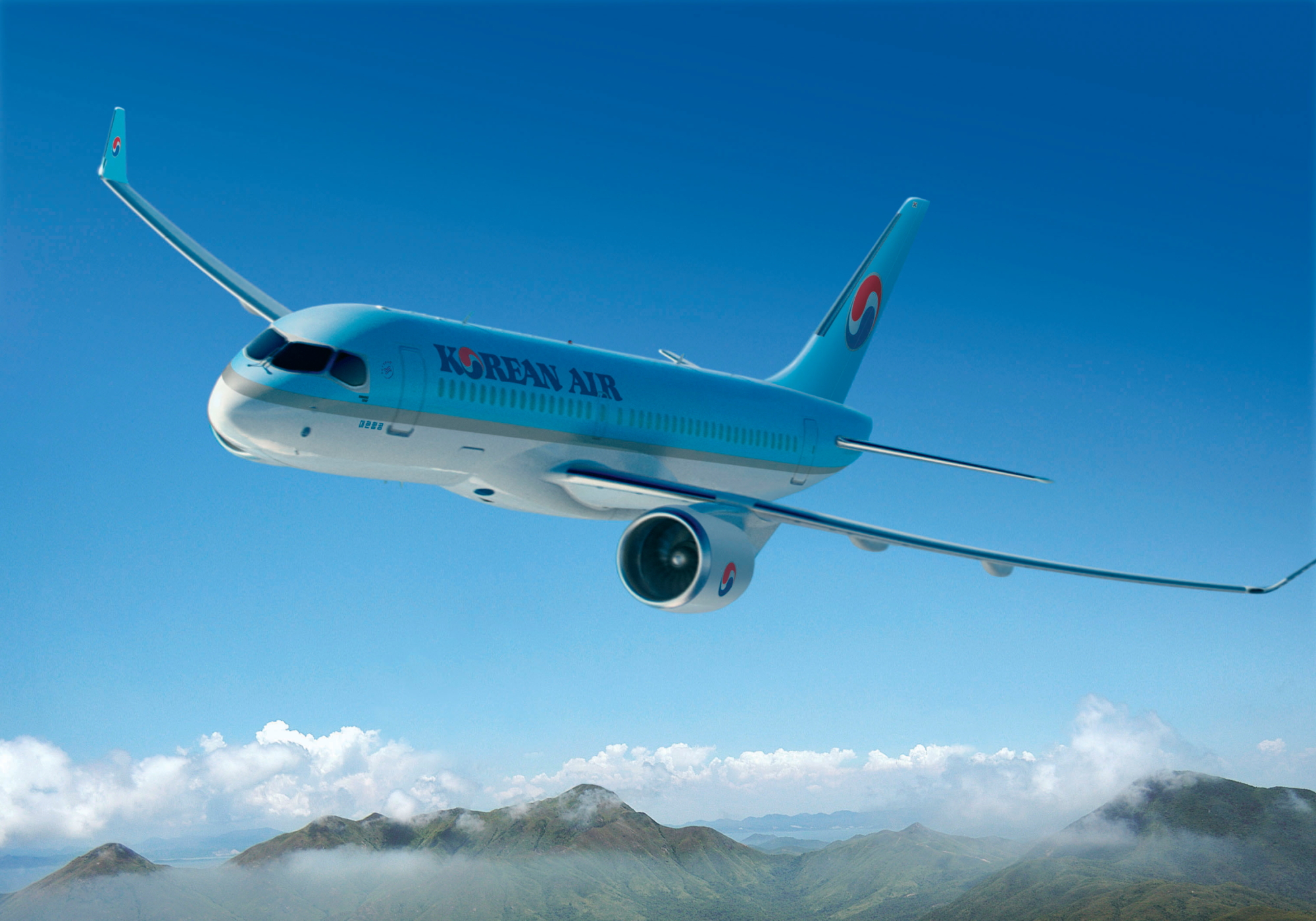|
Preliminary traffic figures from the Association
of Asia Pacific Airlines (AAPA) for the month of
July 2018 show sustained growth in international air passenger
markets, whilst air cargo demand remained firm despite moderating
expansion in the global services and manufacturing sectors.
Boosted by strong leisure travel demand during the holiday
season, the region's airlines registered a 7.6% growth in the
number of international passengers carried to a combined total of
31.4 million in July. In revenue passenger kilometre (RPK) terms, demand grew by 7.3%, underscoring continued strength in short-haul
travel markets. The average international passenger load factor
climbed 1.2 percentage points higher to 82.7% for the month, on a
5.7% expansion in available seat capacity.

In July,
international air cargo demand as measured in freight tonne
kilometres (FTK) recorded an encouraging 5.0% increase compared
with the same month last year. Consumer confidence so far seems
relatively unaffected by the political rhetoric including threats
of protectionist measures. The average international freight load
factor declined by 0.5 percentage points to 64.4% for the month,
following a 5.9% expansion in offered freight capacity.
Commenting on the results, Mr.
Andrew Herdman,
AAPA Director General said, "The solid pattern of growth seen in
the first half of the year continued into the month of July, with
Asian airlines reporting further increases in both international
passenger traffic and air cargo volumes, sustained by broad-based
growth in the global economy. Overall, during the first seven
months of the year, the number of international passengers grew by
7.9% to a combined total of 207 million. During the same period,
air cargo demand remained relatively robust, growing by 5.1% on
top of the strong performance we saw last year."
Looking
ahead, Mr. Herdman said, "For the upcoming months, the global
economic outlook remains positive, despite some concern that
uncertainties over future trade policy could undermine business
confidence internationally. On a more positive note, both the
United States and China have announced expansionary fiscal
measures, which should stimulate domestic demand in the advanced
and emerging market economies, and hopefully mitigate any adverse
impact from new tariff barriers. Adapting to changes in
consumer trends in a dynamic marketplace, Asian airlines are
growing revenue through new product and service offerings. At the
same time, airlines are making further improvements to operational
efficiency in a bid to manage costs and maintain profitability."
|
Headlines: |
|
See latest
HD Video
Interviews,
Podcasts
and other
news regarding:
AAPA,
Traffic.
|
